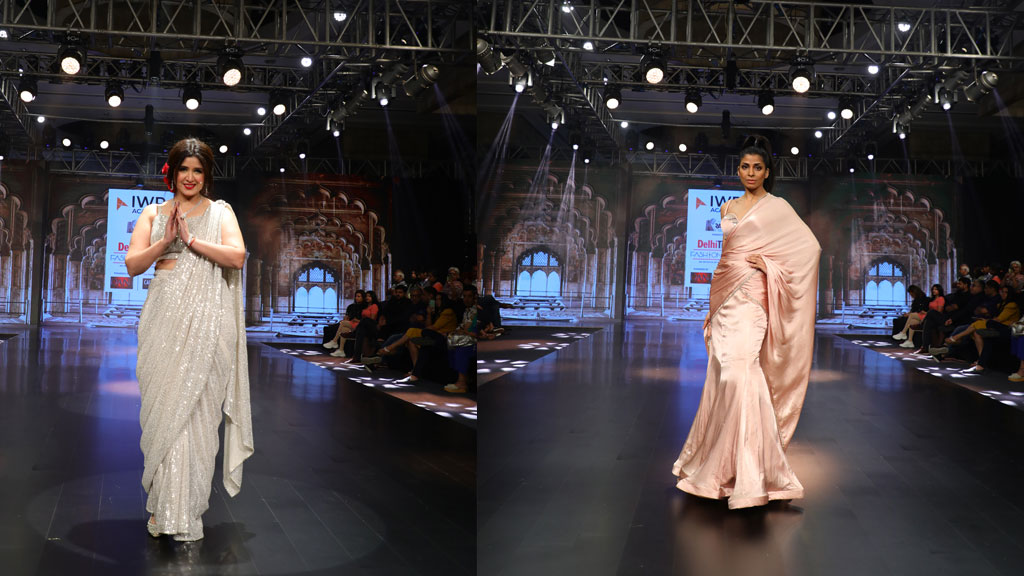Introduction:
Embarking on a journey into the world of fashion design is akin to stepping into a realm where creativity knows no bounds. It’s a captivating odyssey that merges artistry with functionality, allowing individuals to express their unique perspectives through fabric, form, and flair. In this blog post, we’ll explore the exciting facets of a fashion designing course, delving into the skills, experiences, and opportunities that await aspiring designers.
- The Fundamentals of Fashion Design:
- Every masterpiece begins with a foundation. A fashion designing course lays down the fundamentals, equipping students with a comprehensive understanding of color theory, fabric selection, and garment construction. From sketching the initial concept to bringing it to life on the runway, these fundamental skills form the backbone of a designer’s toolkit.
- Creativity Unleashed:
- One of the most exhilarating aspects of a fashion designing course is the freedom to let creativity run wild. Students are encouraged to explore their unique aesthetic, pushing boundaries and challenging conventional norms. Through hands-on projects and assignments, aspiring designers learn to translate their imagination into tangible, wearable art.
- Technical Proficiency:
- Beyond the glamour, fashion design demands technical proficiency. Courses often cover pattern making, draping, and sewing techniques, transforming design concepts into well-fitted garments. Understanding the technical aspects of fashion not only refines craftsmanship but also opens doors to diverse career opportunities within the industry.
- Industry Insights:
- Fashion is a dynamic industry that thrives on trends, consumer behavior, and global influences. A good fashion designing course provides students with valuable insights into the industry’s workings, preparing them to navigate the ever-evolving landscape. From understanding market demands to predicting future trends, students gain a holistic perspective on the business of fashion.
- Collaboration and Networking:
- Collaboration is the heartbeat of the fashion world. Designers work with stylists, photographers, and models to bring their visions to life. A well-structured course facilitates networking opportunities, connecting students with industry professionals, fostering relationships that can propel them into the competitive fashion sphere.
- Real-world Projects and Internships:
- Bridging the gap between academia and the industry, fashion designing courses often incorporate real-world projects and internships. These experiences provide students with a taste of the professional realm, allowing them to apply their skills in a practical setting and build a portfolio that reflects their capabilities.
- Embracing Sustainable Fashion:
- With the global shift towards sustainability, modern fashion designers are called upon to integrate eco-friendly practices into their work. Courses are increasingly focusing on sustainable design principles, empowering students to create fashion that not only dazzles on the runway but also respects the planet.
Conclusion:
Embarking on a fashion designing course is not just an educational pursuit; it’s an odyssey of self-discovery, creativity, and professional growth. From mastering the basics to navigating the intricacies of the industry, the journey prepares individuals to weave their narratives into the fabric of the fashion world. So, whether you aspire to create timeless classics or push the boundaries of avant-garde design, a fashion designing course is your gateway to a world where style knows no limits.

